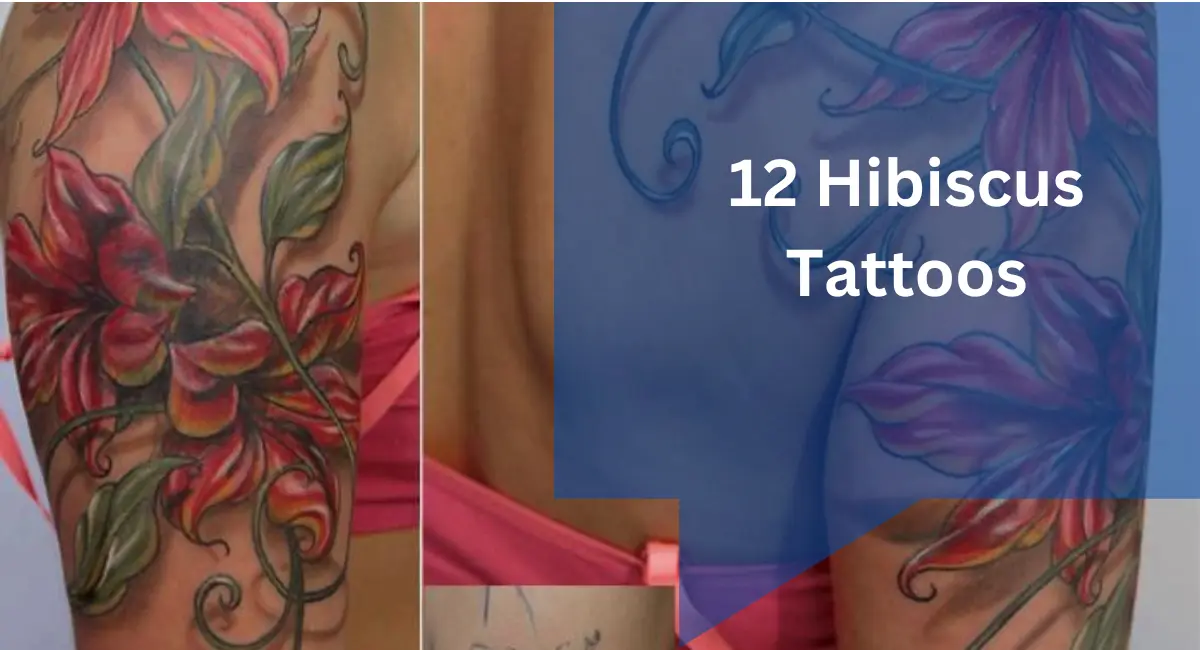Flourishing on beaches and adorning gardens, the hibiscus flower isn’t just a tropical delight – it’s a captivating symbol that has graced skin for centuries. With its vibrant colors, diverse meanings, and endless design possibilities, the hibiscus tattoo has become a popular choice for those seeking a unique and meaningful piece of body art.
But before you dive headfirst into the tattoo parlor, let’s embark on a journey through the world of hibiscus tattoos, exploring their rich history, diverse styles, and symbolic interpretations.
A Bloom Through Time: The History of Hibiscus Tattoos
The hibiscus, native to tropical and subtropical regions, has captivated cultures for millennia. In Hawaiian mythology, it embodies the goddess Pele, representing female power and fiery passion. In Southeast Asia, it symbolizes longevity, prosperity, and good fortune.
These cultural interpretations have translated beautifully into the art of tattooing, with the hibiscus finding its way onto skin across the globe.
The popularity of hibiscus tattoos surged in the 20th century, particularly amongst sailors and soldiers stationed in tropical regions. The vibrant flower served as a reminder of home, a symbol of beauty found amidst challenging circumstances.
Today, the trend continues, with individuals drawn to the flower’s aesthetics and its diverse cultural and personal meanings.
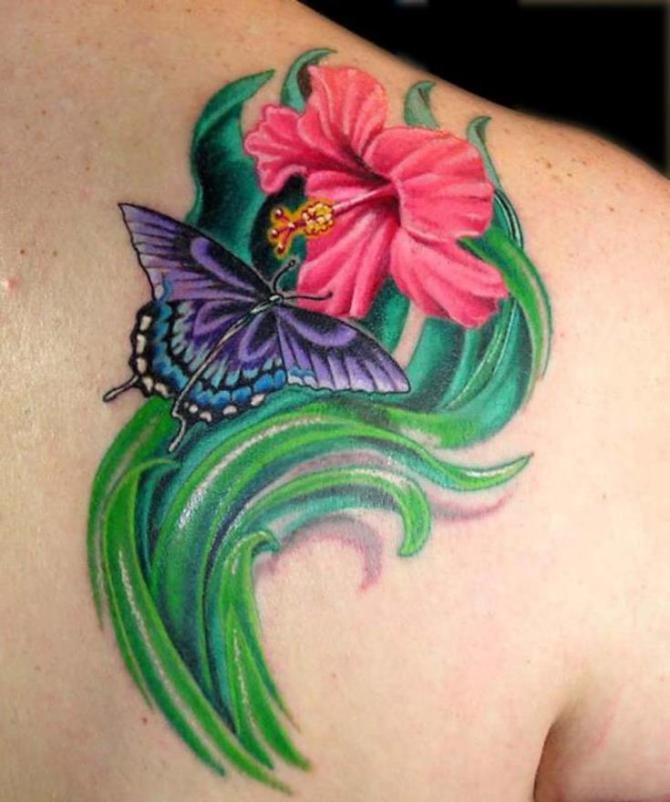
Blossoming Styles: Unveiling the Artistic Expressions
The beauty of the hibiscus tattoo lies not just in its symbolism, but also in the multitude of artistic styles that bring it to life. Let’s explore some popular options:
1. Realistic: For those seeking a lifelike portrayal, the realistic style offers stunning detail, capturing the subtle variations in color and texture of the flower. This style often incorporates shading and light effects to create a three-dimensional illusion.
2. Watercolor: Soft, flowing lines and splashes of color characterize the watercolor style, lending a whimsical and dreamlike quality to the hibiscus. This style is perfect for capturing the delicate beauty of the flower.
3. Tribal: Bold lines and geometric patterns define the tribal style, infusing the hibiscus with a sense of power and cultural significance. This style often incorporates elements specific to the wearer’s heritage.
4. Neo-traditional: This vibrant and bold style combines traditional tattooing techniques with modern elements. Expect thick outlines, saturated colors, and playful details, making the hibiscus stand out on the skin.
5. Minimalist: For those seeking a more subtle approach, the minimalist style offers a pared-down version of the hibiscus. Clean lines and limited colors create a timeless and elegant design.
Beyond these popular styles, the possibilities are endless. Discuss your vision with your tattoo artist to create a piece that reflects your unique personality and preferences.
A Spectrum of Colors: Unveiling the Hidden Language
The color of your hibiscus tattoo can significantly impact its meaning and aesthetics. Here’s a glimpse into the symbolic language of different hues:
- Red: Passion, love, desire, and intensity.
- Pink: Innocence, romance, gentleness, and joy.
- Yellow: Friendship, optimism, happiness, and good luck.
- Orange: Energy, enthusiasm, creativity, and motivation.
- Purple: Royalty, luxury, wisdom, and spirituality.
- White: Purity, peace, new beginnings, and spiritual enlightenment.
Hawaiian Hibiscus Tattoo
The Hawaiian Hibiscus Tattoo is a vibrant emblem of tropical beauty and cultural significance. Inspired by the indigenous flora of Hawaii, this tattoo represents love, delicate beauty, and the spirit of the islands.
It’s often adorned with intricate designs, showcasing the wearer’s admiration for Hawaiian culture and the natural world.
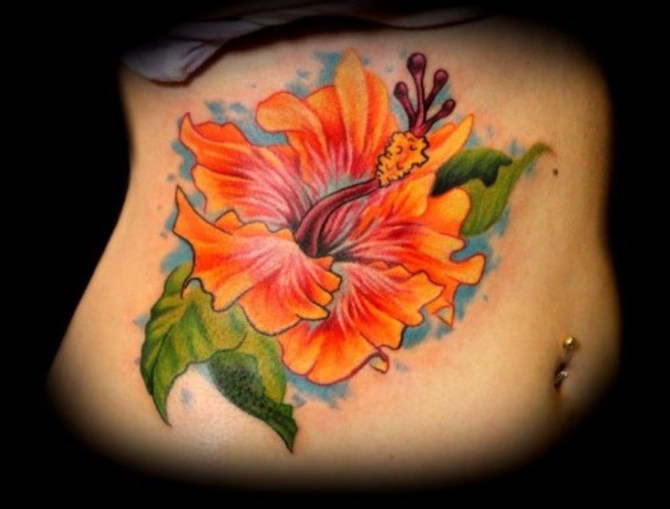
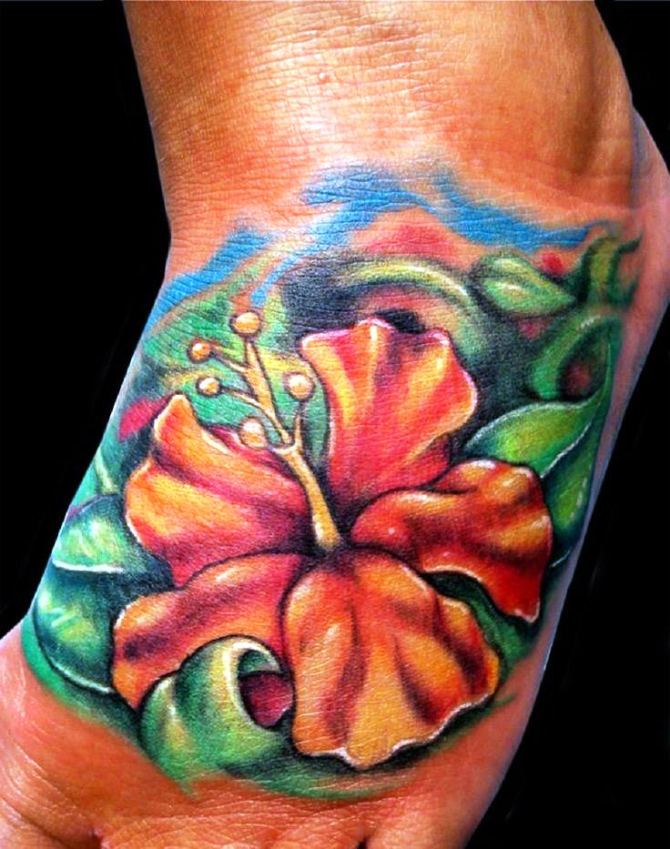
Hibiscus Flower Tattoo
The Hibiscus Flower Tattoo embodies a spectrum of meanings, from delicate beauty to vibrant life. Its lush petals symbolize love, passion, and femininity across various cultures. In Hawaiian tradition, it represents hospitality and charm.
With its radiant hues and intricate details, this tattoo celebrates both the ephemeral and enduring aspects of existence, making it a timeless choice for self-expression.
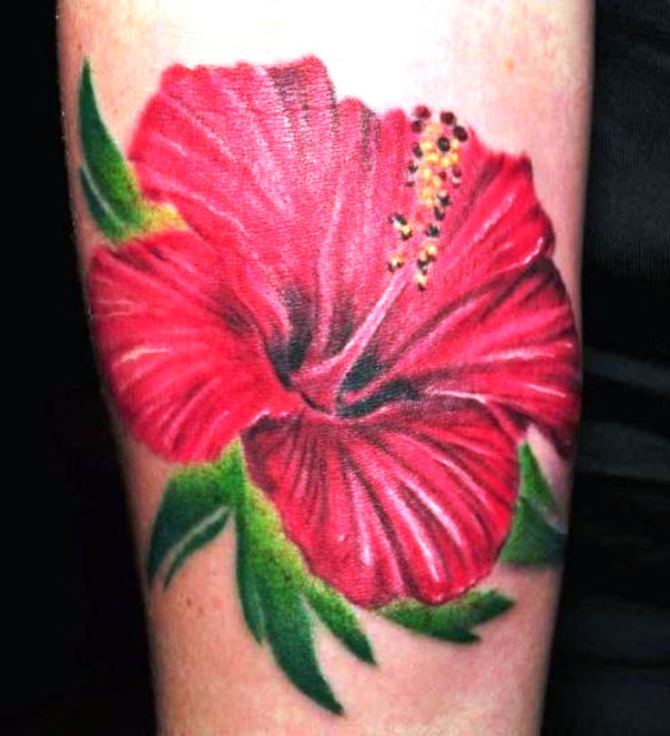
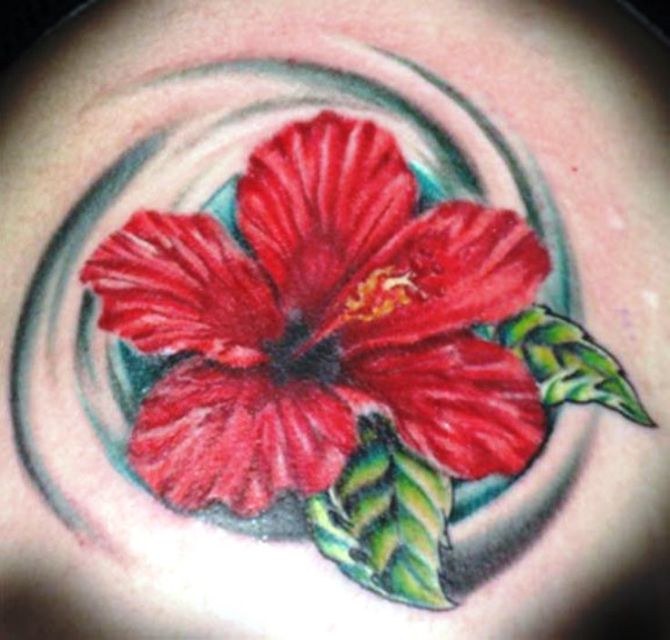
Hibiscus Leg Tattoo
The hibiscus leg tattoo is a vibrant and elegant choice, symbolizing beauty, femininity, and tropical allure. With its intricate petals and vibrant hues, it captivates attention and evokes a sense of exoticism.
Often chosen by those who embrace their femininity or have a deep connection to tropical regions, it adds a touch of charm and grace to the leg, embodying the wearer’s unique personality and style.
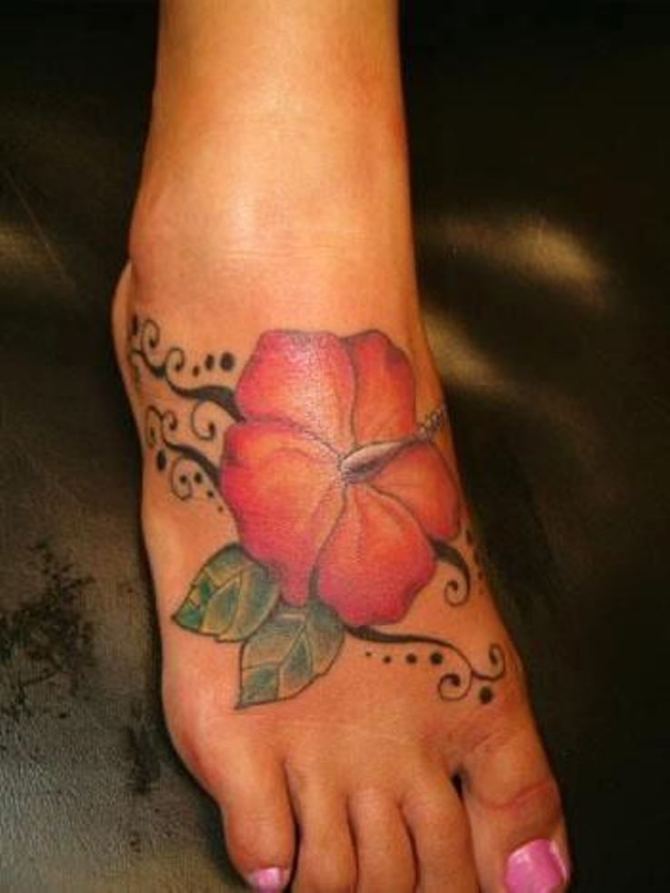
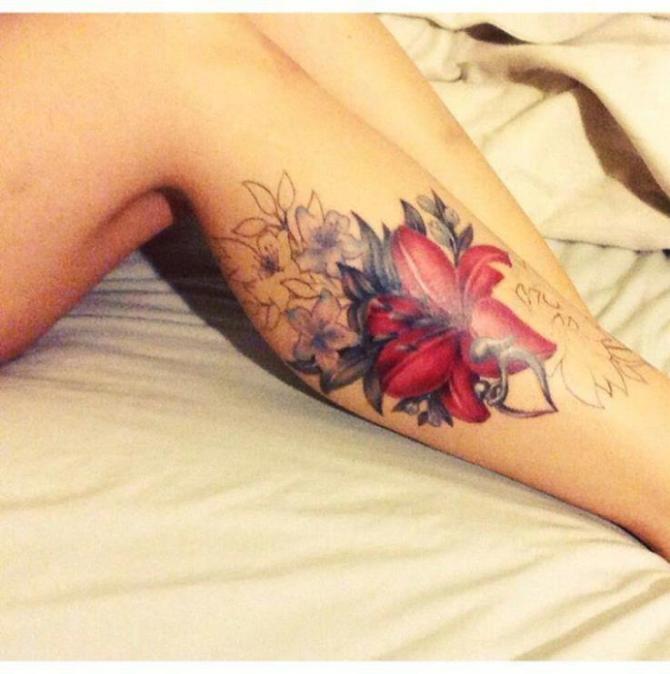
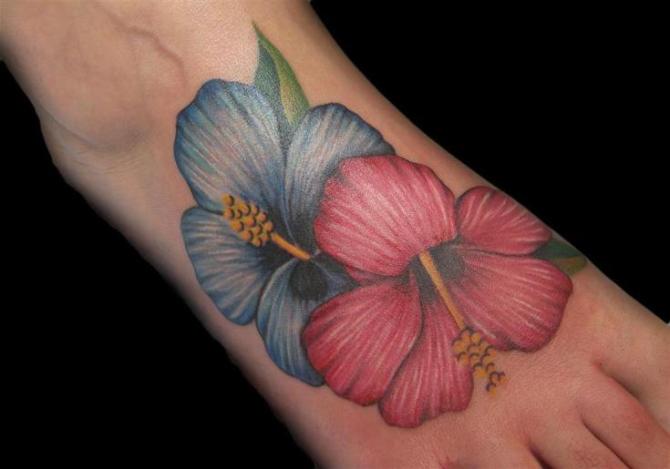
Hibiscus Tattoo on Shoulder
The hibiscus tattoo on the shoulder exudes tropical charm and femininity. Positioned strategically, it accentuates the natural curves of the shoulder, symbolizing beauty, passion, and delicate allure.
In Hawaiian culture, the hibiscus represents hospitality and grace, while in other traditions, it embodies love, prosperity, and the fleeting nature of life.
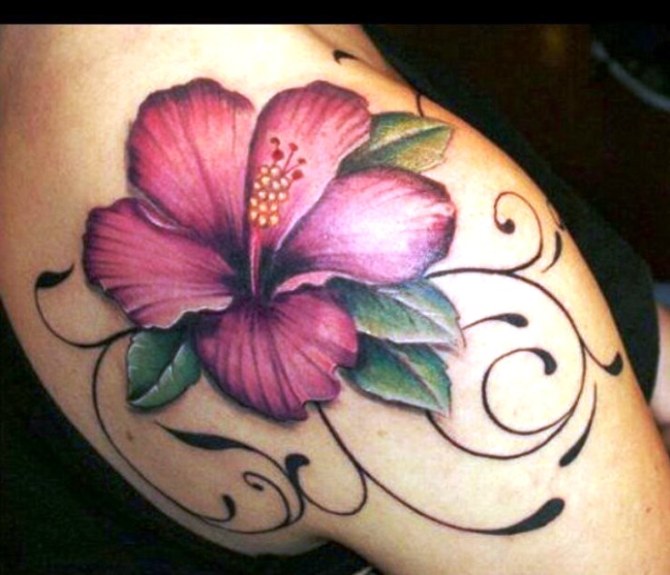
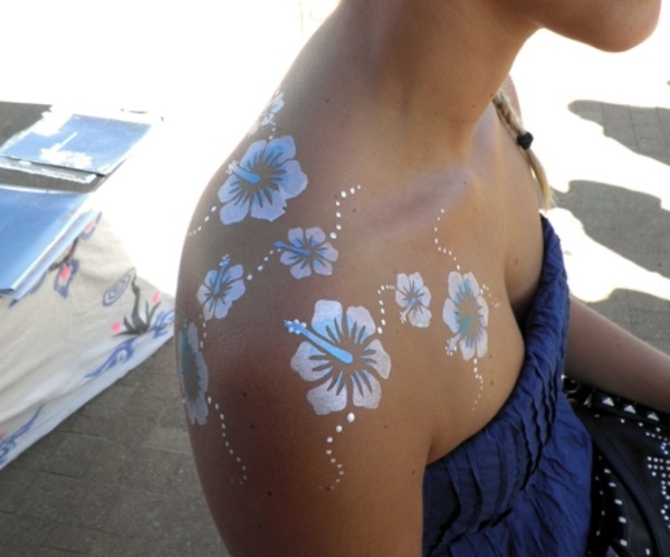
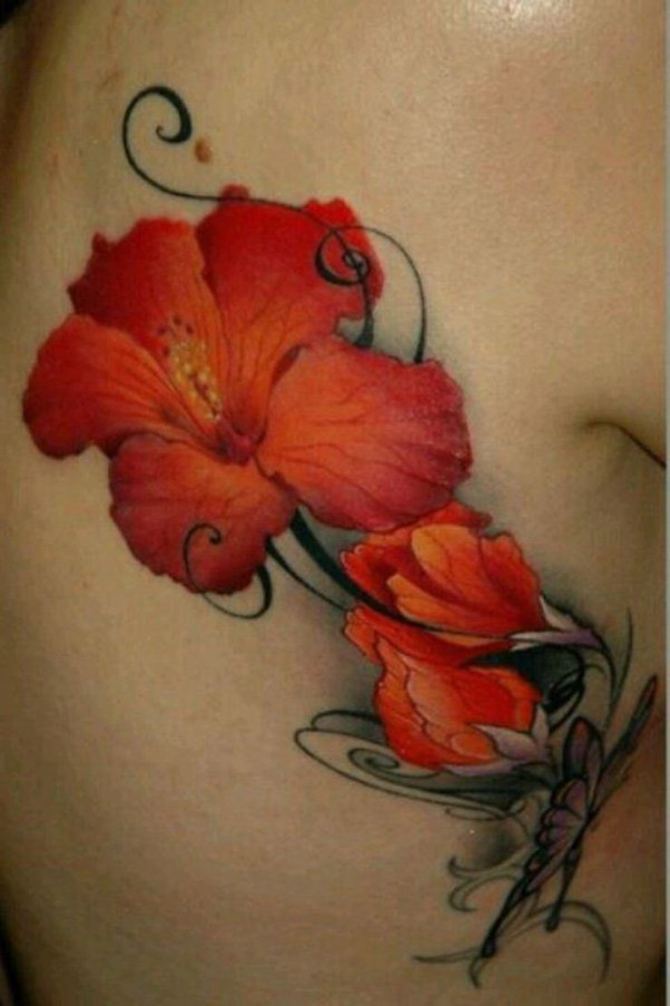
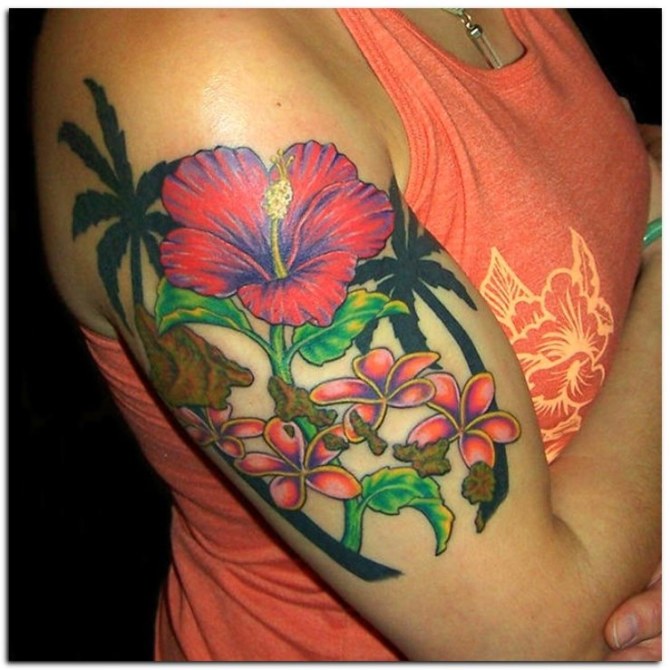
Conclusion
In conclusion, Hibiscus Tattoos represent far more than just ink on skin; they encapsulate a rich tapestry of symbolism and personal significance. Through their vibrant hues and intricate designs, they serve as timeless emblems of beauty, femininity, and resilience.
Whether adorning one’s body for aesthetic purposes or as a tribute to cherished memories, the Hibiscus Tattoo stands as a testament to the wearer’s individuality and inner strength.
Beyond their visual appeal, these tattoos hold deep cultural meanings across various societies, from representing delicate grace in Hawaiian culture to symbolizing wealth and royalty in Asian traditions.
Their versatility allows for endless interpretations, making them a popular choice among tattoo enthusiasts worldwide.
Furthermore, Hibiscus Tattoos carry a profound message of growth and transformation. Just as the flower blooms amidst adversity, so too does the wearer emerge stronger and more resilient through life’s challenges.
Each petal tells a story of resilience, renewal, and the beauty found within the journey of self-discovery.
In essence, Hibiscus Tattoos serve as a powerful reminder to embrace one’s uniqueness, celebrate life’s moments, and find beauty in every stage of growth.
As they adorn the skin, they become not only a form of expression but also a symbol of personal empowerment and the everlasting beauty found within.
Frequently Asked Questions
What does the hibiscus tattoo mean?
The hibiscus tattoo symbolizes beauty, femininity, and delicate grace. It can also represent joy, passion, and the tropical paradise.
What flower tattoo means strong?
A lotus flower tattoo typically signifies strength, resilience, and spiritual growth due to its ability to bloom from murky waters.
What is the meaning of the hibiscus flower?
The hibiscus flower carries meanings of beauty, purity, and positivity across various cultures, often associated with love, happiness, and the natural world.
What is the most tattooed flower?
The rose is the most commonly tattooed flower, embodying diverse meanings such as love, passion, beauty, and strength, making it a timeless and popular choice for tattoo enthusiasts.
To know more about tattoos and get inspired to ink , you may visit these blogs Cartoon Tattoos, 16 Dandelion Tattoos, 10 Clover Tattoos, and 15 Poppy Tattoos
Daniel Stewart is a renowned tattoo design expert With years of experience in the industry, Daniel is known for his creativity and attention to detail. Through this platform, he shares valuable insights, tips, and inspiration for both aspiring tattoo artists and enthusiasts. Daniel's expertise spans various styles, from intricate geometric patterns to vibrant watercolor designs. His dedication to personalized and meaningful tattoos sets him apart in the industry.
